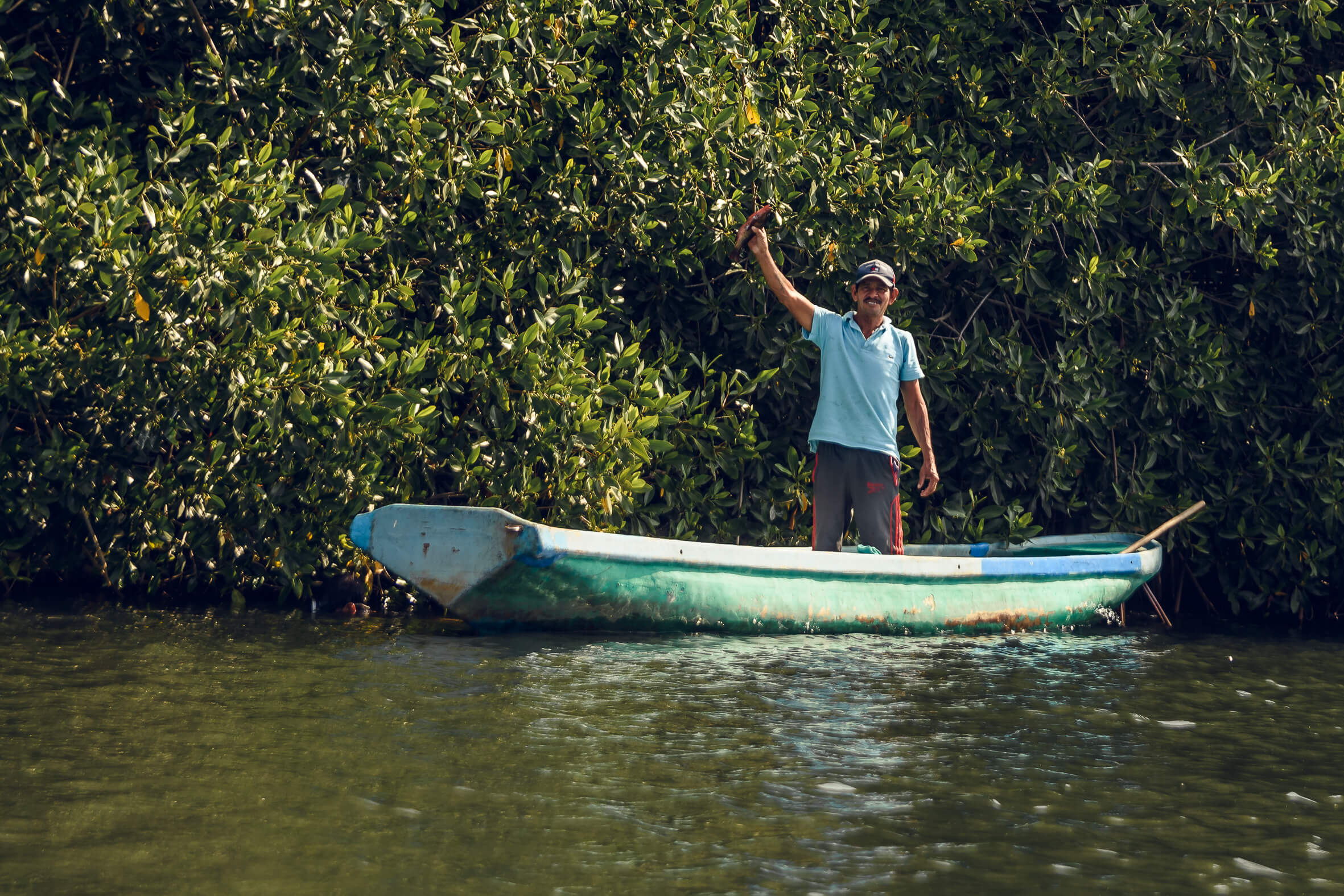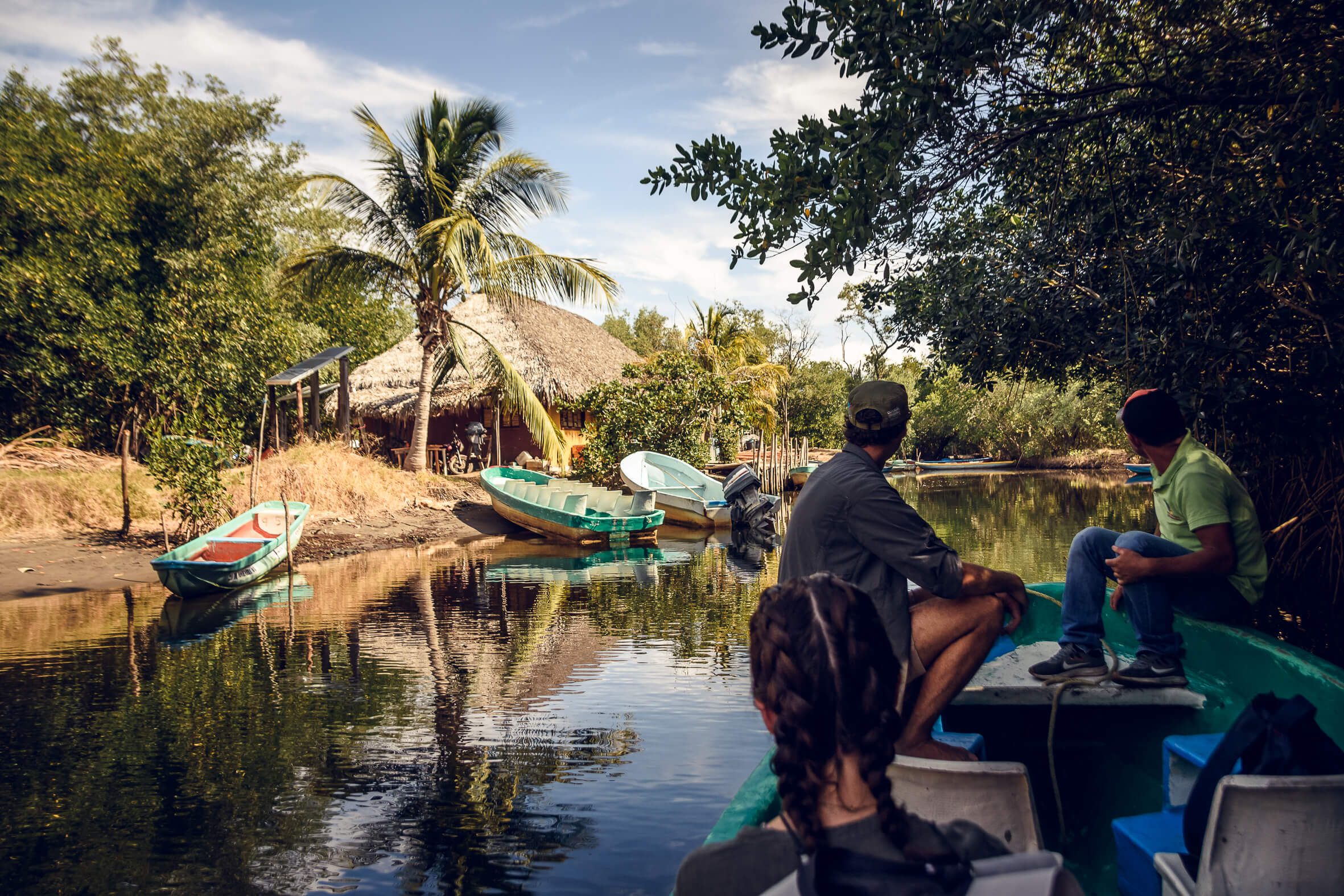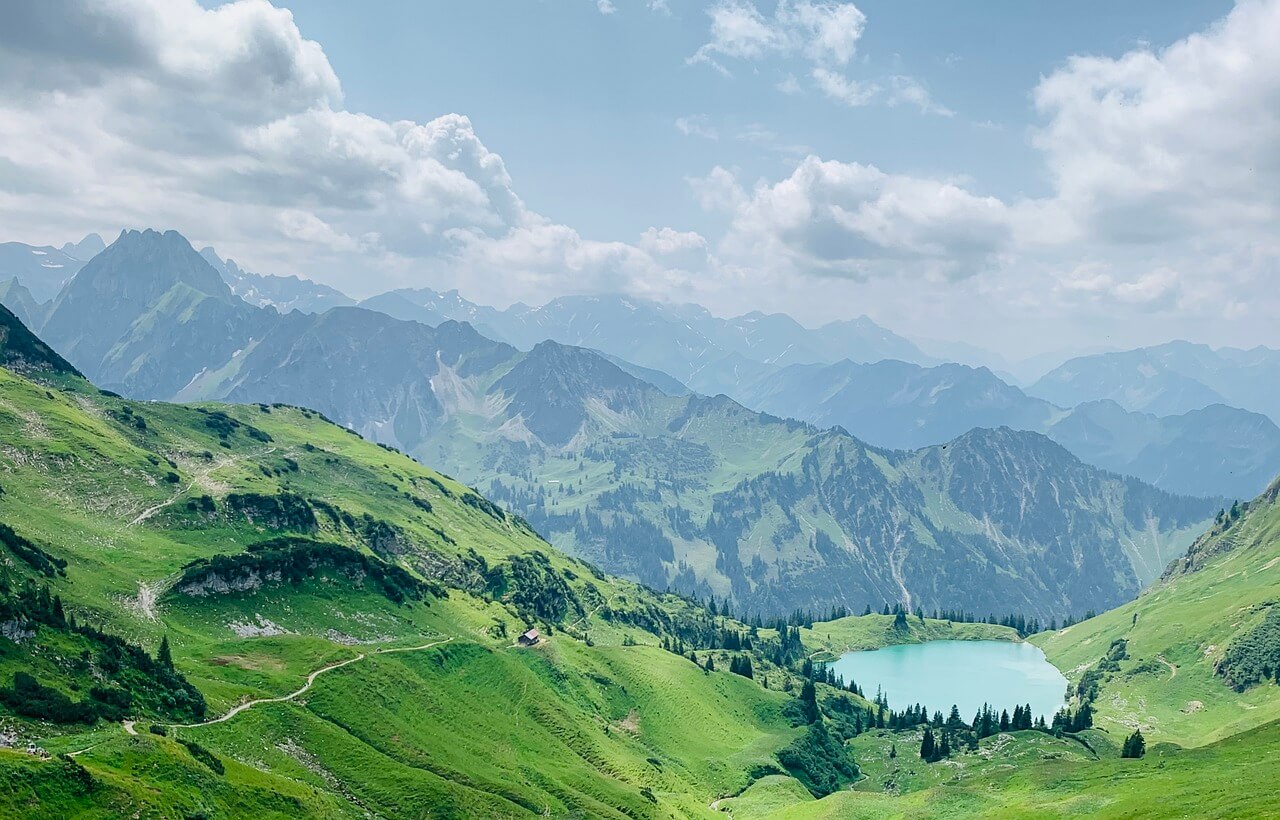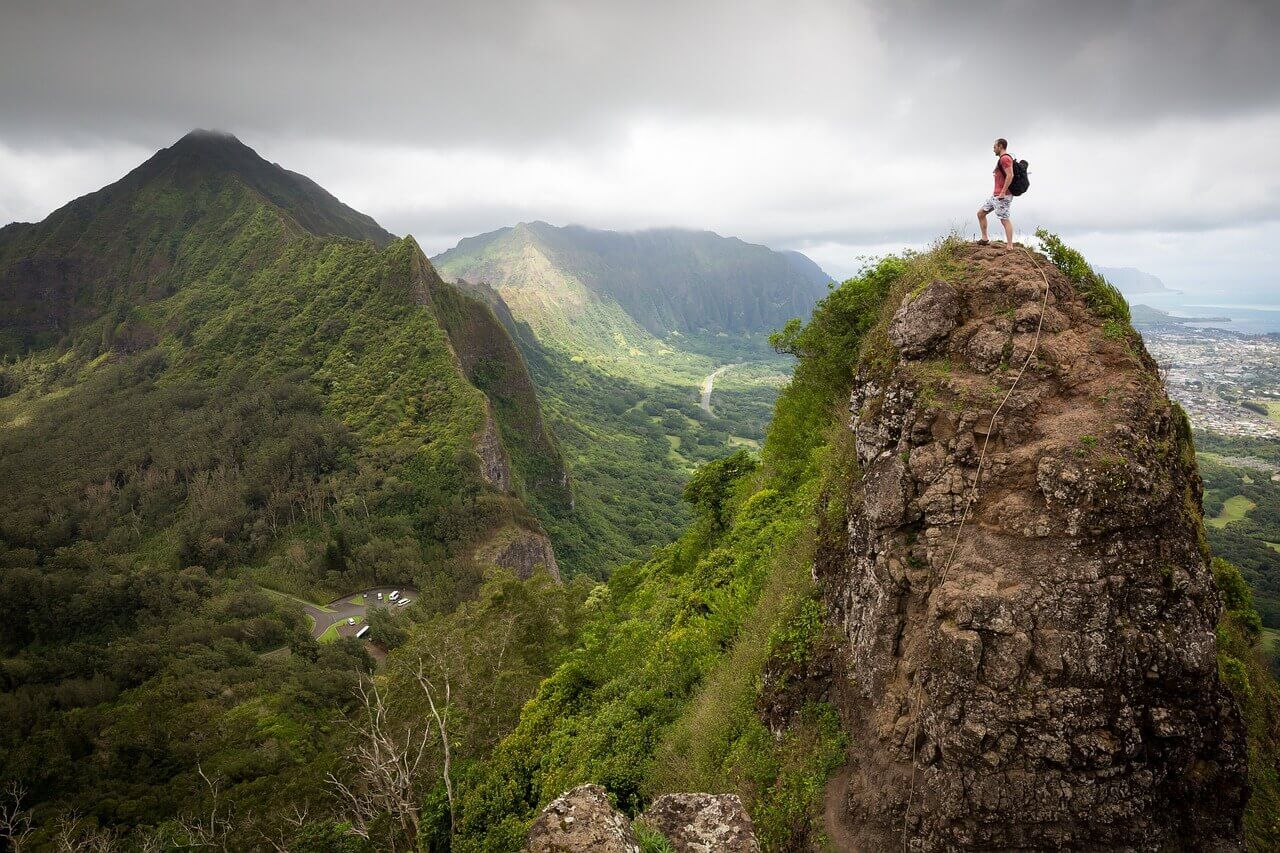No water, no tourism: are we approaching 'day zero' in our dream destinations?

Easter is one of the most anticipated times of the year for many tourists, especially in beach or nature tourist destinations. However, what would happen if we were to reach a "zero day" in these destinations due to lack of water? This idea is not so far from reality, since the lack of water is a real threat in many tourist destinations.
Water is the most valuable resource in any tourist destination, yet many places around the world are at risk of running out of potable water. Cape Town in South Africa, Mexico City and Jakarta in Indonesia are some examples. Therefore, it is necessary to use a change of approach oriented towards a vision of sustainability in tourism and water use.
What measures can be taken to avoid "day zero" in tourist destinations?
Despite this panorama, it is necessary to focus on a change of approach oriented towards a vision of sustainability in tourism and water use. To achieve this, it is essential to make a diagnosis of the situation and act accordingly, through work that involves all those involved in the tourism development process. It is necessary to design, implement, monitor and follow plans and programs that lead to the adequate use of water.

In 2019, an estimated 1.5 billion tourists traveled the world. By 2023, arrivals are expected to reach between 80 and 95% of such a pre-pandemic figure. Therefore, local governments, private initiative and society as a whole have the responsibility to turn each of these travelers into an opportunity to save water. It should be taken into account that global water consumption from tourism accounts for 1% of the total. It is estimated that between 450 liters and up to 3m3 per tourist - stay are consumed, depending on the characteristics of the destination, and that this implies up to 25% of operating expenses in lodging establishments. Therefore, the practice of sustainable tourism becomes an ally for water conservation.
Cleaner Production (CP)
The Cleaner Production (CP) methodology has been used since 1990 as an alternative to solve the planet's environmental problems. It is based on the continuous application of pollution prevention strategies, in this case to environmental processes and services in lodging establishments, in order to influence eco-efficiency and reduce environmental risks. The application of CP seeks to optimize resources and modify procedures, demonstrating that economic efficiency can be obtained while being environmentally friendly.
The main benefits of applying this environment in tourism are: rational use of resources, reduction of waste and pollutants, regulatory compliance at the local level, environmental commitment, reduction of operating costs, strengthening of public image (social responsibility), and generation of information (cost-benefit balance) for making appropriate environmental decisions.
The sustainable travel trend
In 2017, 22% of tourists traveling around the world showed interest in seeking out sustainable products and services during their travels. This figure reflects a growing global awareness of the importance of reducing environmental impact and promoting more responsible practices in tourism.
In Mexico, the trend towards more sustainable tourism has also been on the rise. In 2022, 89% of the Mexican travel community expressed a desire for more sustainable travel. This figure shows a significant increase compared to 2017, demonstrating that more and more tourists in Mexico are concerned about the environmental impact of their travel and want to take steps to reduce their carbon footprint.
This trend represents a great opportunity to join forces and work together as a tourism industry to promote more sustainable and responsible practices. By adopting sustainable tourism practices, tourism businesses not only reduce their environmental impact, but also attract a growing segment of sustainability-minded tourists. In addition, sustainable tourism can have long-term economic and social benefits by promoting the conservation of natural resources, protecting cultural heritage and supporting local communities.
Therefore, it is important that tourism stakeholders in Mexico work together to promote more sustainable practices, educate tourists about their environmental impact, and encourage the adoption of sustainable practices throughout the industry.
With greater awareness and commitment to sustainable tourism, Mexico can not only improve its image as a tourist destination, but also contribute to environmental conservation and the well-being of local communities.
Request information about the methodology Market Readya program that works for the well-being of nature destinations and the communities that give them life and culture, raising the business potential and impact of adventure and experiential tourism companies to connect them with certainty to local and global markets.
Proofreading and editing by Viviana Vásquez Duque, Communication Leader






